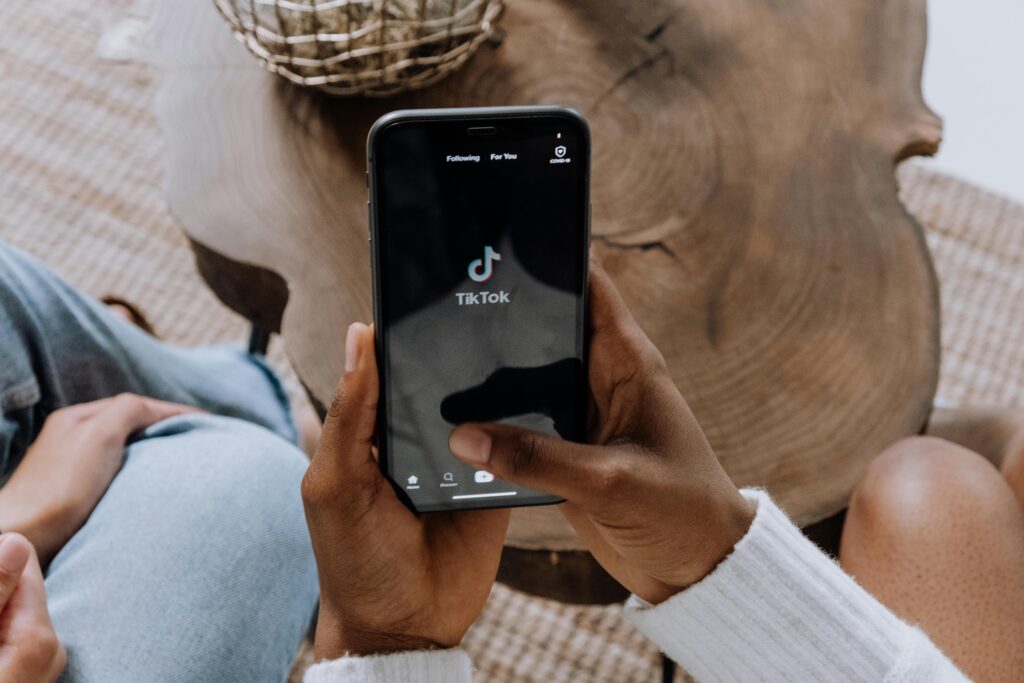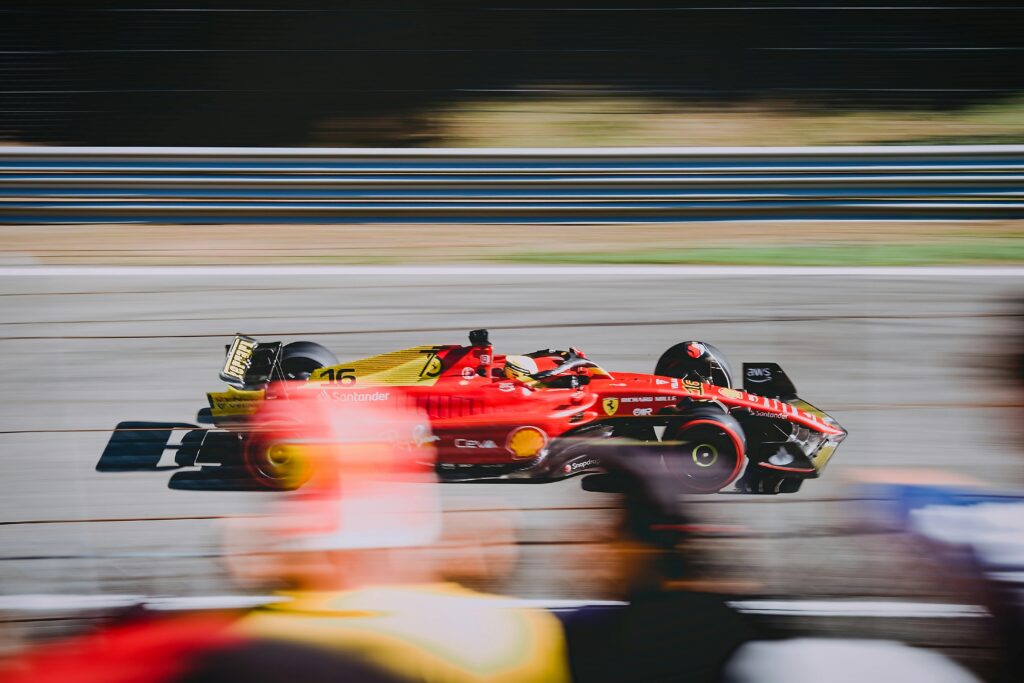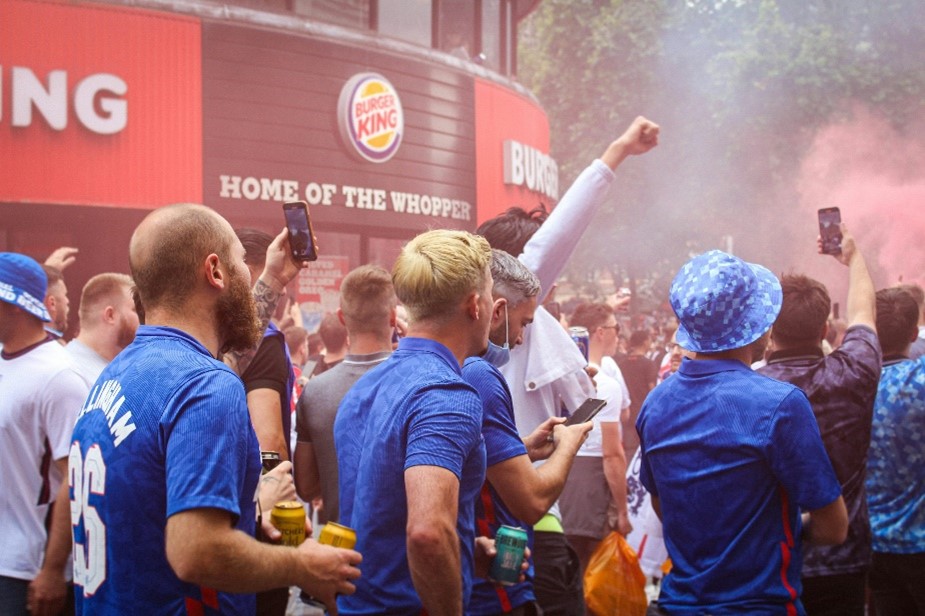In the era of social media dominance, where news travels at the speed of a click and surprises are unveiled with the flicker of a notification, I found myself stumbling upon a revelation that shook the very foundations of the greatest show on earth, Formula 1. A discovery so unexpected, so jaw-dropping, that it transcended the traditional realms of sports journalism and even took Toto Wolff by surprise.
As I scrolled mindlessly through the endless sea of dance challenges and lip-syncing videos that TikTok provides, little did I know that nestled among the trending content was a bombshell waiting to detonate. It was a nondescript evening, and the digital cosmos seemed oblivious to the seismic shift about to occur in the world of motorsports. And then, there it was—a TikTok meme. Sir Lewis Hamilton is going to Ferrari for 2025.
Not only do I work in sports media, but I am also much more than a casual F1 fan. I don’t even miss a free practice, let alone a race. I spend countless hours on my sim perfecting the pesky castle section at Baku. I listen to podcasts and follow the drivers, teams, mechanics and more on social media, so how did TikTok become my primary news source for this breaking announcement?

More importantly, how did the principle driver of the Silver Arrows, the record-breaking champion of Mercedes-AMG Petronas Formula One Team, find himself entangled in the web of the Prancing Horse a whole year ahead of the silly season in question?
The news industry has gone through many iterations since the first print paper was published in Venice back in 1566.
We have seen the heart wrenching death of the fish and chip shop wrappers of print papers as they failed to keep up with the on-demand thirst for instant news and knowledge.
The competition to monetise the media industry has continued to grow fiercer as outlets compete to break the news first and get the vital click through rates to help boost the vital advertising income.
And yet, that was still not enough.
Enter Twitter (X), which quickly became the must visit source of all breaking news. Forget going through an editor to get a story uploaded and through legal, forget even breaking news on outlets social media accounts, journalists were delivering right to the source from their personal accounts as they scrambled for a foothold in the breaking news rat race.
All I need to say is, it was Rebekha Vardy’s account and shudders of a generation will erupt from all corners of the earth.
But then along came Elon, to burn Twitter to the ground and watch as the subscription paywall X rose from the ashes to a much smaller height. X became a pay to play platform and wasn’t hitting as wide an audience or generating the much-needed engagement for hacks.
With all of this considered, it really is no shock I came across the shock transfer news on TikTok.
As a nation with the shortest attention span on record, the digestible visual platform is a no-brainer for media outlets wanting to keep up with the trend.
Gone are the days when people lack trust in the press and need to be convinced of the news. Nobody cares about knowing who the sources are, or legal clearance of a statement, we want our news, we want it fast and by the time we find out it wasn’t even true, we’ve already moved on.
Regulation on the press has built a blind trust for media houses, we take things at face value, digest it, and move on. If it’s a topic you’re passionate about, maybe you’ll dive deeper and hunt out in depth pieces a painstakingly hour after the news breaks.
But for the rest of the blink and you’ll miss it generation, TikTok scratches the itch of the digital age.
So, as the roaring engines of F1 prepare for another season of twists and turns, the echo of a TikTok revelation still rumbles through the virtual paddock as media houses try to get to grips with how to process the fallout.
The unexpected transfer of Sir Lewis Hamilton to Ferrari wasn’t just a shock to the F1 community but a testament to the ever-changing landscape of news consumption. As we bid farewell to the life where newspapers crinkled in our hands and ended up serving our fish and chips, and Twitter was the oracle of breaking news, TikTok emerges as the breaker of news, turning the race for information into a video sprint.
In the era of blink-and-you’ll-miss-it headlines, where stories unfold in the flash of a meme, where trust is granted without a second thought, TikTok stands tall as the platform of choice for the digital age. It’s not just about F1 transfers; it’s about a generation that craves information on the go, where context takes a backseat to the thrill of the scoop.
So, as the checkered flag waves on this whirlwind revelation, let us embrace the wide range of platforms and outlets that deliver the news. Whether it’s the adrenaline-fueled races on the track or the unexpected bombshells on TikTok, one thing is for certain… Formula 1, much like the media that covers it, continues to evolve, leaving us all on the edge of our seats, eagerly awaiting the next unexpected turn.
The checkered flag drops, but the race for information never truly ends.





